There is nothing worse than stepping into your shower after a long, hard day at the office and having icy shower water hit you instead of the blessed hot water you were expecting. Roommate, sibling, spouse, child—whoever it was that used up all the hot water is enemy number one in your eyes.
In an ideal world, everyone would have endless access to hot water when they expect to. While we don’t live in an ideal world, there are still a couple of things that can be done to ensure this—including turning the water heater up. But why does this work and what are the potential drawbacks? Here, I answer these questions and more.

Turning up the water heater temperature makes hot water last longer as the desired temperature is reached by using less hot water and more cold water. The recommended maximum temperature should be 120 °F. Hotter water poses risks to users and the water heater and increases energy bills.
Water Heaters Have Set Capacities
Unfortunately, you physically cannot increase the amount of hot water that you have access to because hot water heaters have set water storage capacities, so once the limit has been reached, it cannot be exceeded.
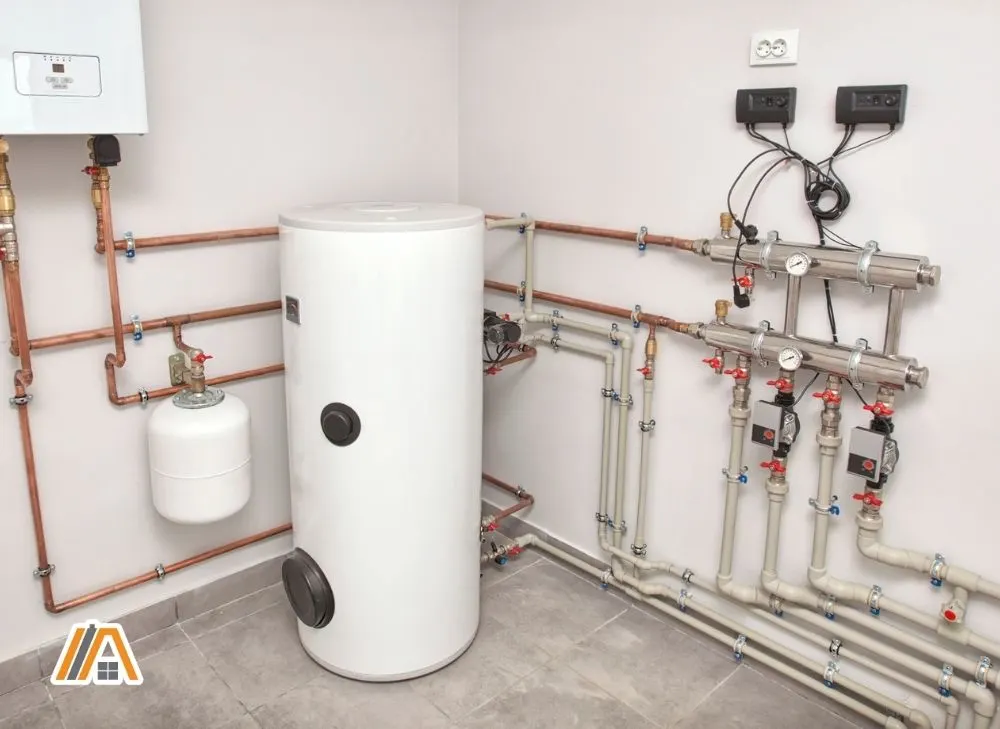
However, by increasing the temperature of the water, you do make it last longer and we will discuss why and how in the next section.
The Hotter the Water the Less You Use
When you take a shower and a bath, you tend to use both hot and cold water—unless the water heater is set at such a low temperature that you only use the hot water. In such cases, you will definitely finish the hot water really quickly.
However, when you increase the temperature of the hot water that comes from your water heater, you are able to alter the ratio of hot water to cold water. You will be using more cold water to reduce the heat and achieve your desired temperature.
This means that all the hot water that is in your water heater will actually be used at a much slower rate, and consequently last longer.
Problems With Increasing Water Heater Temperature
While increasing the temperature of the water in your water heater helps to solve the issue of running out of hot water, it does create other problems, particularly if you increase the temperature too much.
Increased Energy Consumption and Cost
Increasing your water heater temperature may allow you to have more hot water for longer, but it will definitely cost you.
By increasing the temperature that you want your hot water to be, you are in essence adding a lot more pressure to the water heater to heat up the water in the tank as required. It will take a bit longer to heat up the water, which increases your energy consumption.
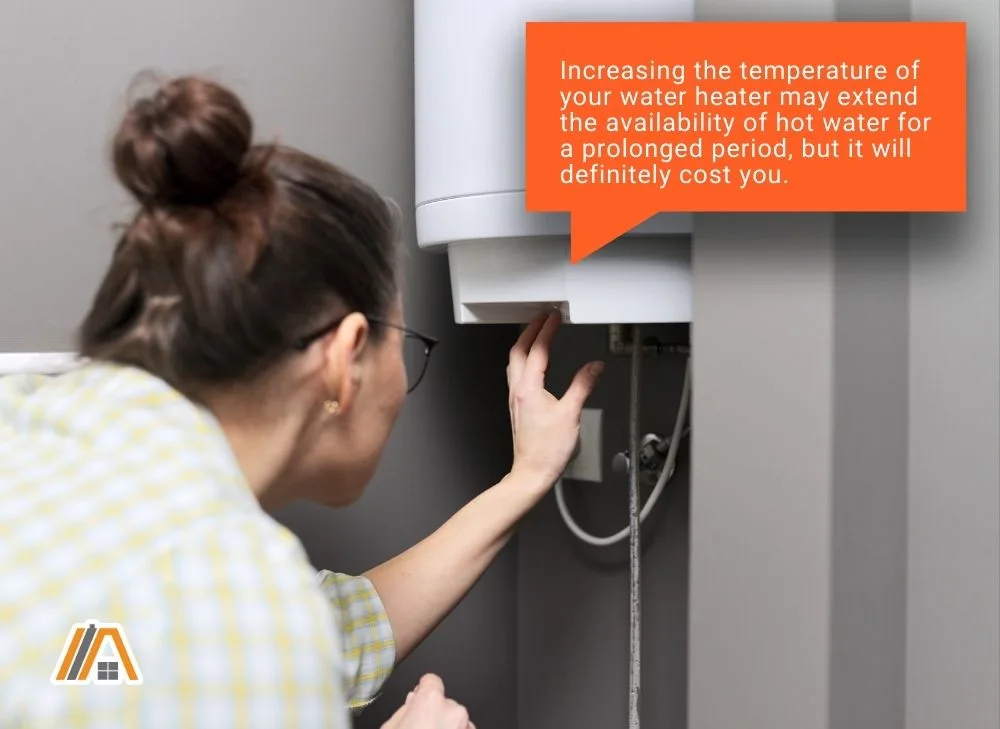
As a result, you will see your energy bill hike up quite dramatically. If you are fortunate enough to be able to handle the added expense, then you will be able to enjoy the hot water without much stress.
However, most people will not appreciate the surprise of a doubled energy bill and may choose to keep the temperature a bit lower rather than face the brunt of the rising cost.
Higher Burn Risk (Particularly for Kids)
As an adult, if the water that comes out of the showerhead or water faucet is too hot to handle, you can easily switch off the tap or turn on the cold water to ease the burn. You might be left with some red skin but you will probably be okay due to your fast reflexes.
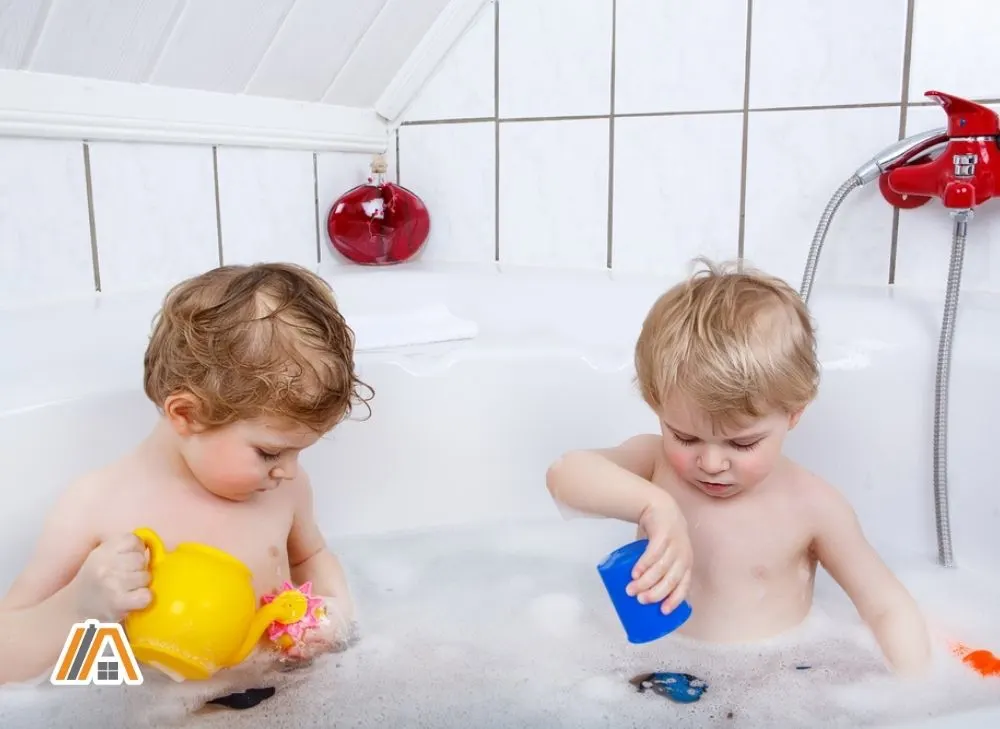
However, as a child, there is a higher risk of getting burned by the water. Toddlers can play around in the bath and may turn on the hot water faucet in the process, which can result in a nasty burn, even if you are there watching them. All it takes is a moment.
Research shows that the maximum temperature for household hot water is around 149 °F (65 °C), such a temperature that can cause a scalding burn in less than 3 seconds.
Bathing your baby or toddler in such hot water, or letting them wash their hands with it, can definitely cause some painful burns that will probably need to be treated by a medical professional.
But it’s not just babies. If your 8-year-old was suddenly being blasted by boiling hot water, they might not have the presence of mind to react in a way that will minimize the damage to their bodies.
Reduced Water Heater Lifespan
Another consequence of increasing the water temperature in your water heater is that you will be reducing the life span of the appliance.
The average lifespan of a water heater is around 10 years, provided you keep it in good condition by providing regular maintenance for the appliance.
When the temperature is set too high, the water heater will be working overtime to heat up the water as required. This means that it will be working a lot more than it needs to, putting a lot of pressure on its components, thus reducing its functionality.
Additionally, if your water heater temperature is set too high, you are at risk of overworking the heater, which can result in the tank exploding. Yes, you read it right. Your water heater can explode and cause a huge amount of damage to your home, which will be extremely costly. This is a result of excessive pressure build-up in the tank.
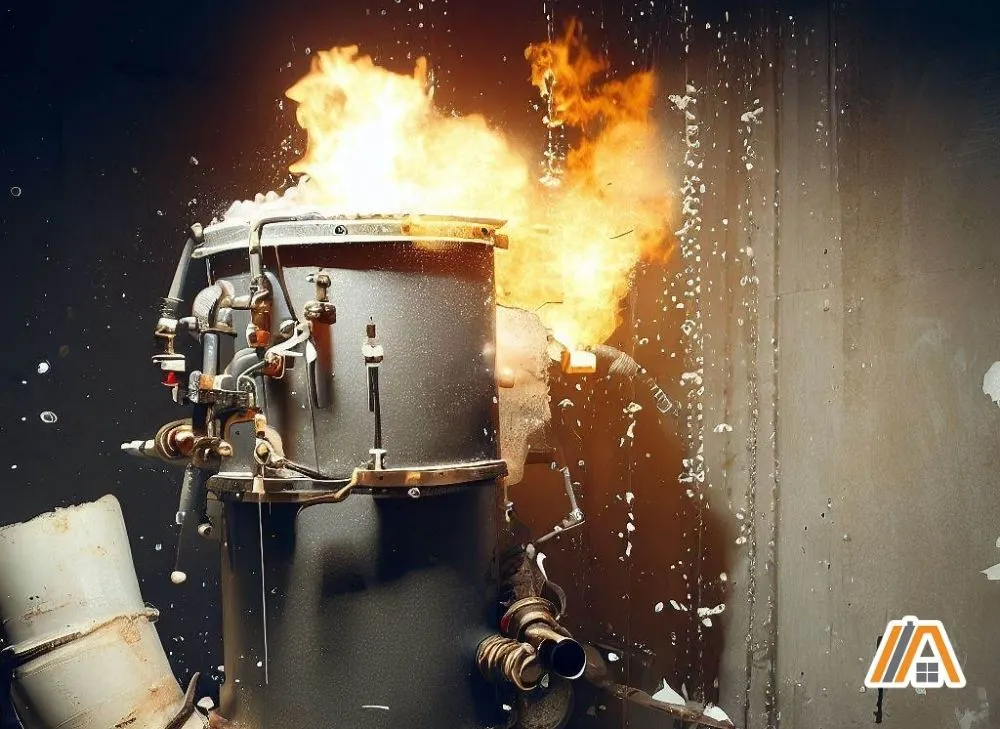
It is, therefore, in your best interest to reduce the temperature as required so that you save yourself the cost of either replacing the water heater a couple of years prematurely or the expense of replacing it in addition to fixing the damage caused by an exploded heater.
Recommended Maximum Water Temperature
The maximum water temperature that you are recommended to set your water heater at is dependent on the climate you’re in, the brand of your water heater, the reason for your water heater usage, as well as the age of the family members or users of the water.
In general, the safest water heater temperature is 120 °F (± 50 °C). This means that you should set the temperature at less than that to avoid burns. It may be beneficial to check that your water heater is not automatically set to a higher temperature, as is the case with some manufacturers.
It will be in your best interest to turn the temperature down as necessary to avoid any consequences of such a high temperature.
How to Turn up the Water Heater Temperature
If your water heater temperature is significantly lower than the recommended temperature, then you may be considering adjusting the setting on the water heater, as long as the lower temperature is not a result of a malfunctioning heating element in your water heater.
Luckily, it is not too difficult of a process to do yourself, so you won’t need to waste money on a professional.
In general, all you will have to do is to locate the dial that controls the temperature of your water heater. You will then just rotate it towards your desired temperature.
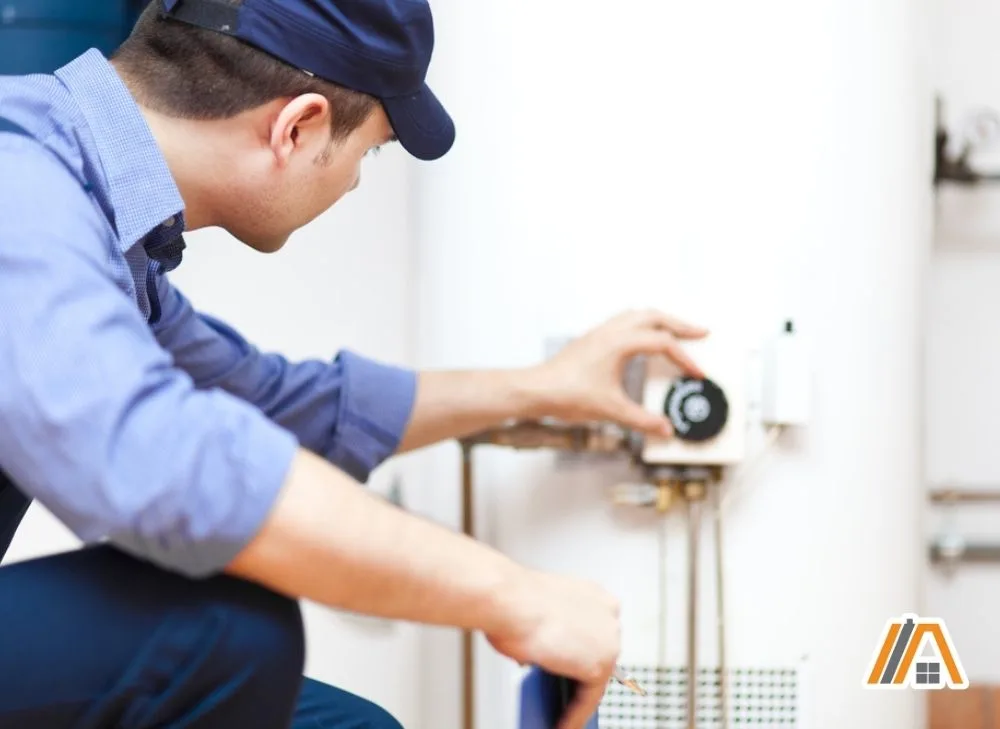
On most water heaters, there are numbers on or around the dial that will indicate the temperature of your water. These numbers usually range from about 90 °F to 160 °F (32 °C to 70 °C). Be careful not to turn the dial all the way to the maximum temperature due to the dangers that can accompany such hot water.
On other water heaters, there might not be numbers indicated. This will require you to manually take the temperature of your water a few times as you adjust until you find the required temperature.
It might be beneficial to write on your water heater the temperature you have measured, so you know for future instances.
An Alternative: Go Tankless
Another option that can provide you with more hot water, is to switch to a tankless water heater.
These are great appliances that provide hot water on demand as the water is heated immediately as you require it, instead of being heated and then stored in a tank. This means that you will essentially have an endless supply of hot water—no more fighting with your roommates over who will shower first to get the hot water.
Some benefits of having a tankless water heater include:
- These water heaters are much smaller, which means you are able to fit them into even the most compact of spaces.
- You can actually end up saving water as you won’t be waiting for the hot water to come out of your tap before using it. Tankless water heaters immediately release hot water, so there is a limited lag time.
- You will save on your energy costs as your water heater won’t be continuously heating up water. Tankless water heaters only heat the water as needed.
- Tankless water heaters tend to have a longer lifespan than water heaters with tanks as there are fewer parts to maintain or replace when broken.
- Tankless water heaters require significantly less maintenance than other water heaters. Instead of servicing the appliance every 6 months, you can go as long as 5 years without needing to do any maintenance.
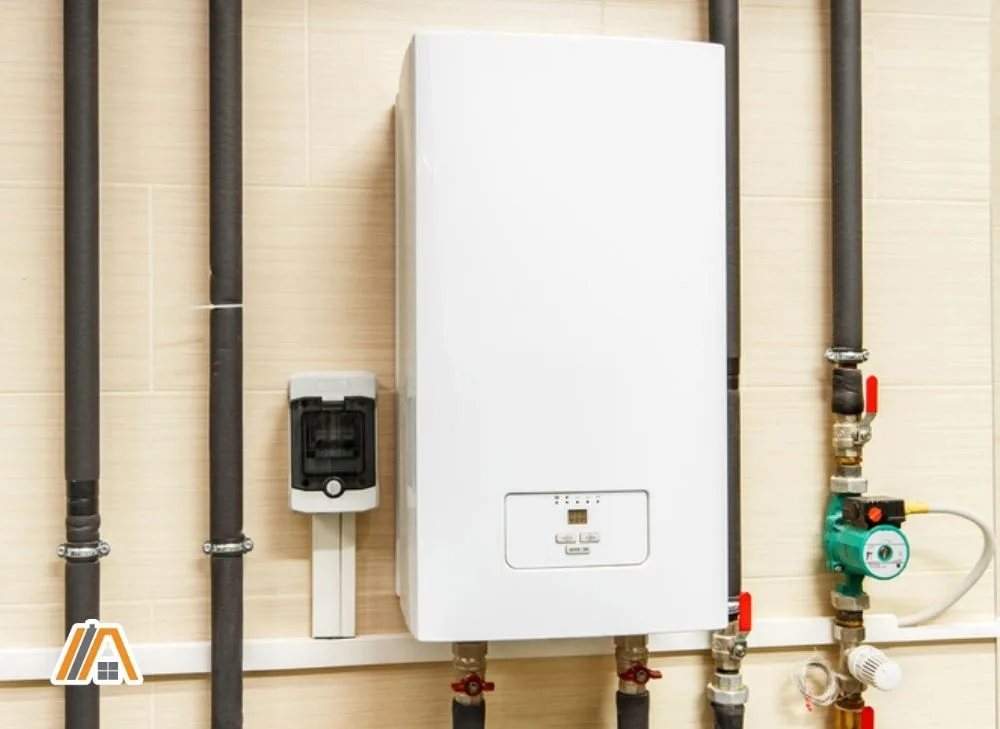
Dangers Of Tankless Water Heaters

Tankless water heaters are as safe or safer than conventional water heaters when installed properly. Correct installation of tankless water heaters is very important due to their extremely high momentary energy consumption compared to conventional water heaters.
Poor DIY Installation

Many people enjoy DIY projects around the house. I am one of them.
Some projects can be done without any experience and others require a lot of research and some previous experience.
Installing a tankless water heater is not something I consider a DIY job.
Whenever I start a project I think to myself. What will happen if I mess this up completely? If the answer is not acceptable to me, I will not do it.
There are so many things to take into account that it is best to turn to a professional plumber.
I will list just some of the things that must be taken into account for a successful install. I’m sure there are many more, but those are just off the top of my head.
- Wire sizing
- Fuse sizing
- Phase balancing
- Actual electrical connection to the water heater
- Flue connections
- Ventilation
For an electric tankless heater, the connections must be excellent. Some of the water heaters are 30+ kw. This means a lot of current will flow through the cables.
If any of the connections are poor, they can start a fire.
Air In The System Overheating Heating Elements
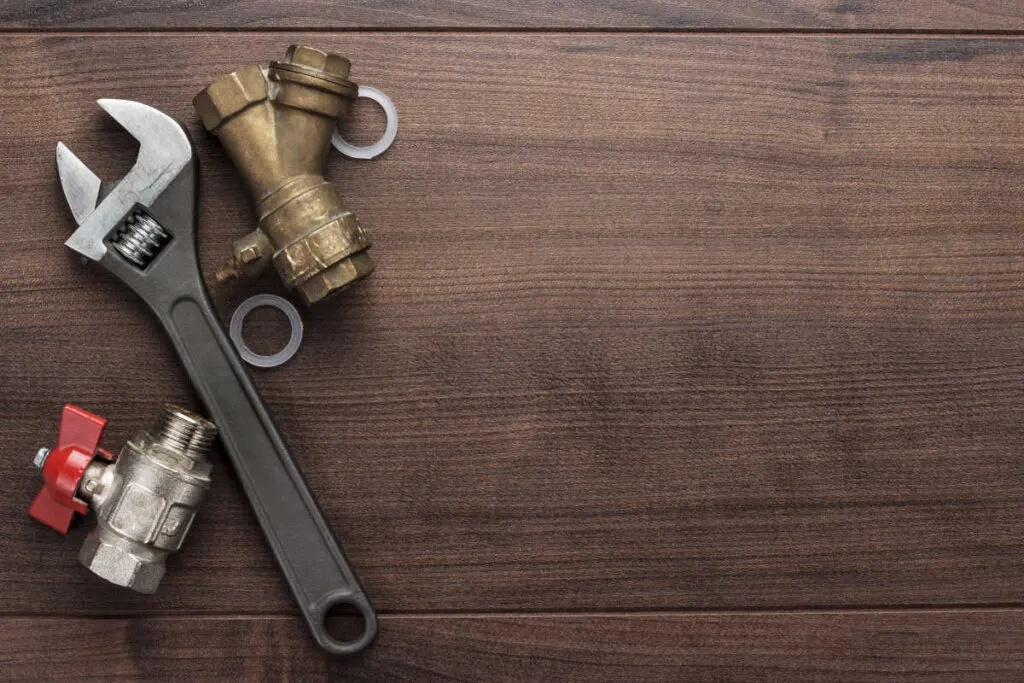
For a tank water heater, a little air in the system is no big deal. Since the heating element is at the bottom.
Unless the entire tank is empty the heating element will be submerged in water and will not overheat.
However, it is a different story for tankless water heaters. The heating element on tankless water heaters can be 10 times more powerful compared to conventional water heaters.
This is to be able to supply the hot water instantly. A conventional water heater has time to warm up the tank of hot water over many hours.
There is a lot of heat energy that must be dissipated in a very short amount of time, if the heating element is not submerged in water, it will quickly overheat and over time can even fail.
The most common way water heaters run dry is when first installed. There is an easy way to make sure that all of the air is purged out of the system.
Connect the cold water source to the water heater and open several hot water faucets to purge all of the air out of the system. This must be done before turning on the water heater for the first time!
Another way for air to end up in the system is when doing plumbing work. This can introduce air into the system. If this air pocket happens to stop in the water heaters element, it can cause permanent damage.
This is why it is always a good idea to purge air out of the system every time pipes are opened up.
Overloading The Electrical Circuit
A electric tankless water heater draws about 4 times more current compared to conventional water heaters.
When not accounted for this can cause problems when trying to use other high-powered appliances such as ovens, hobs, and vacuum cleaners.
Below is a table of current requirements for common tankless water heaters and regular tank-style to illustrate the massive difference.
| Water heater | Amps | kw |
| 30-gallon tank water heater 240v | 13 A | 3.2 |
| 80-gallon tank water heater 240 v | 18 A | 4.5 |
| 1.55 GPM tankless 240v | 33 A | 8 |
| 2.54 GPM tankless 240v | 54 A | 13 |
| 4.7 GPM tankless | 100(3 x 40 A) | 24 |
As you can see from the table, tankless water heaters require quite a bit more amps when compared to conventional water heaters.
If the electrical system is not designed properly they can easily overload the circuit.
For example:
40 Amp circuit breaker
15 GPM tankless water heater installed in this circuit. This draws about 33 amps. This means if someone were to connect a vacuum cleaner to the same circuit, the breaker would trip.
CO Poisoning From Gas Water Heater
Anything that burns fuel, be it furnace, water heater or fireplace produces Carbon monoxide. During normal operation, this poses no risk. The CO is exhausted out via a chimney or other vent.
So this is not strictly a danger unique to tankless water heaters.
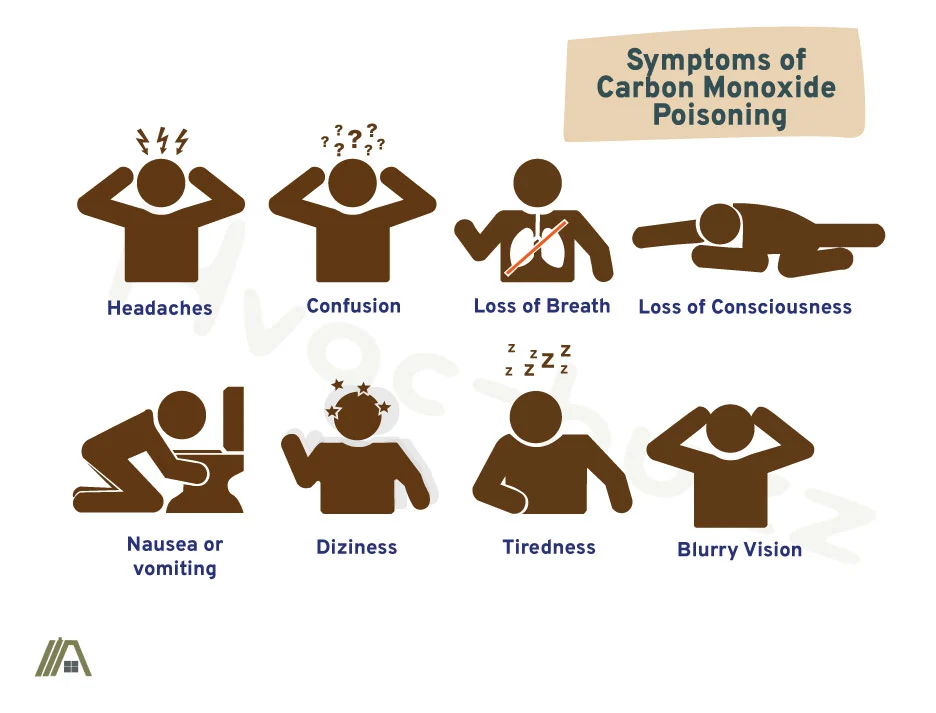
Carbon monoxide poisoning is extremely dangerous since the gas is odorless and colorless. Although steps can be taken to ensure safety.
The water heater can even be placed in a bedroom if safety precautions are taken.
If you have a fuel-burning appliance at home make sure that you have a Carbon monoxide detector (amazon link) as it might save your life.
Sources
https://prudentreviews.com/how-long-do-hot-water-heaters-last/
